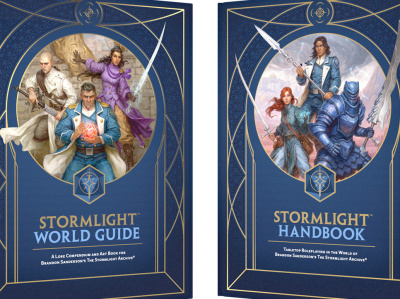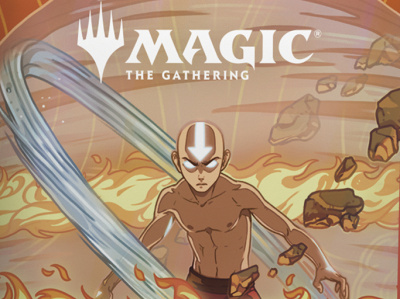McLean began with a broad look at the U.S. consumer landscape, noting that household spending on the items Circana tracks is up 28% from 2019 to 2023, but customers are getting less for their money. This means that belts are being tightened all around, with nearly 80% of consumers in one survey saying they have reduced spending, or plan to do so, due to inflation.
That reality is reflected in the graphic novel market, where, according to BookScan, sales of graphic novels from January through August 2023 are down 19% from the same period in 2022. The baseline has shifted, however: sales in 2022 were up 78% from 2016, largely because of the sharp spike in sales in 2021. “I really believe that a lot of the evolution that we've seen happen since 2019, around manga, around kids’ comics and graphic novels is here to stay,” McLean said. “We've grown a ton, and now we're just having to adjust and figure out what that looks like without the strong stay-at-home time that we had before.”
Much of the slide in graphic novel sales is in the adult category, with manga leading the way. Again, though, the figures are relative: Year-to-date manga sales are down 27% from 2022 but up 351% from 2019. McLean doesn’t believe this signals another slump like the one that occurred in 2011, after the Borders bankruptcy, and she cited three reasons why: Continued investment in anime, including streaming, which drives manga sales; Japanese publishers’ increased involvement in the U.S. market; and Scholastic’s move into manga, which will expand the audience.
According to BookScan, the fastest growing manga series in the U.S. are Blue Lock, One Piece, [Oshi no Ko], Dandadan, Tatuki Fujimoto Before Chainsaw Man, and Tokyo Revengers. “They're not new to the market, but they're new to high growth for us,” McLean said, “meaning that readers are moving into other series and are continuing to pick up new stuff. I think we still have some adjustment in front of us. I'm not sure what the new baseline is going to be. But the market is not dropping out from underneath this category.”
While manga still accounts for almost 50% of the graphic novel market, it is losing share to other categories, notably fantasy, which had a 22% increase in unit sales. And while sales of middle-grade graphic novels have slowed, the category has grown relative to other middle-grade books to the point that one out of every four middle-grade book sales tracked by BookScan is a graphic novel.
Her key takeaways for retailers included offering items at a range of price points, to offer options to those who are cutting back; catering to emerging categories of customers, including grandparents, “kidults” (ages 12+), and teen girl gamers; and creating events around secondary occasions such as May the Fourth to draw customers into stores.









